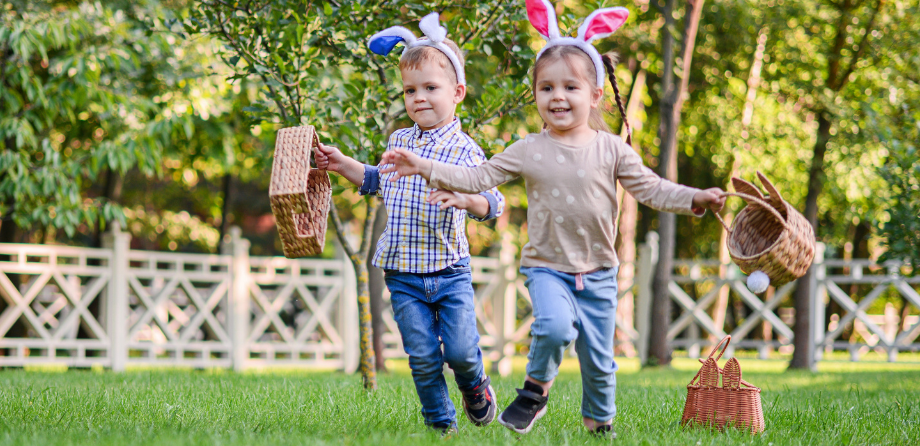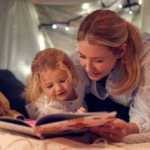
Early years activity: Easter bunny obstacle course
Easter is a time for fun, movement, and imagination. This exciting Easter bunny obstacle course is a great way for young children to celebrate while developing their gross motor skills, coordination, and teamwork. Through hopping, crawling, and balancing, children will take on the role of the Easter bunny, collecting eggs along the way.
Learning aims
- Develop gross motor skills by crawling, jumping, balancing, and climbing through the obstacle course
- Build self-confidence and social skills by attempting new challenges and encouraging peers.
Resources you will need
- Soft play equipment such as tunnels, small hurdles, balance beams, etc.
- Toy Easter eggs
- Small baskets or buckets
- Bunny ears (optional).
Easter bunny obstacle course activity guide
- Set up the course – arrange tunnels to crawl through, small hurdles to hop over, balance beams to tiptoe across – and place the toy eggs along the course. Consider the different needs of the children completing the course and ensure it is accessible for all
- Tell the children that the Easter Bunny needs their help to gather all the Easter eggs. Provide the children with baskets and bunny ears
- Get the children excited with a bunny warm-up by hopping like bunnies, wiggling their noses, and doing some big stretches
- Encourage each child to takes turns completing the obstacle course while pretending to be the Easter Bunny, collecting eggs along the way
- Encourage children to support their friends by cheering each other along. Once they have completed the course, they can count or sort the eggs they have collected
- Celebrate and congratulate the children for helping the Easter bunny collect the eggs.
How can you extend this Easter bunny obstacle course activity
You could add ‘Sleeping bunnies’ to your rhyme time, enjoy the story Every Bunny Dance by Ellie Sandall, or have a bunny dance party, encouraging children to hop like bunnies, wiggle noses, and flop ears while dancing.
NDNA products to support you with this activity
Movement and physical development – Factsheet
Physical Activity in the Early Years – Online course
Disclaimer: Activities with children must always be risk assessed, including for allergies or choking. Children must always have adequate supervision. Resources and materials must always be appropriate for children’s age and stage of development.
- Activity
- MyNDNA
Similar Articles
Top tips: New year new energy - supporting your team

Early years activity: Cosy calm den


